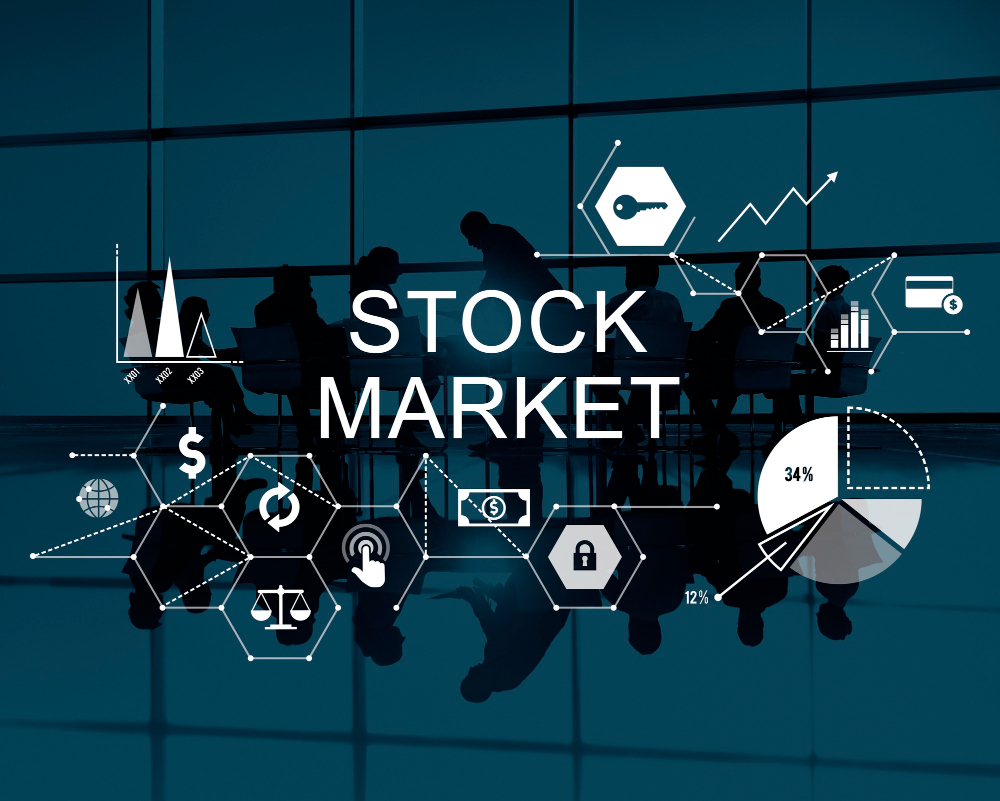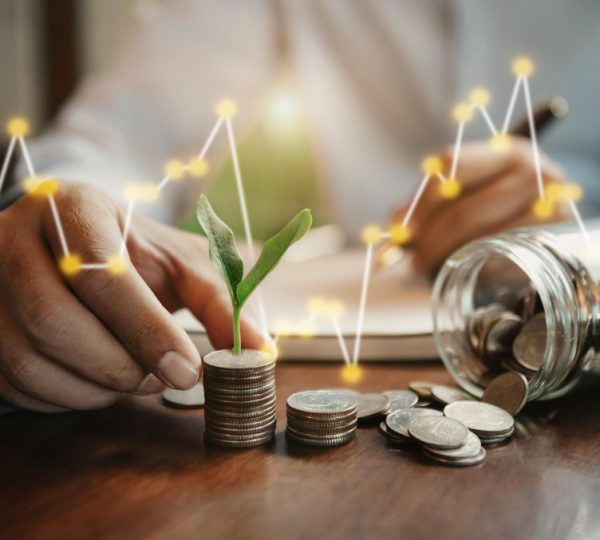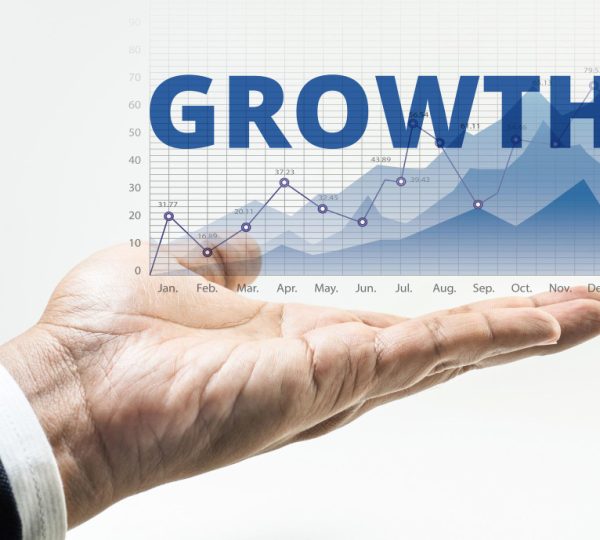Stock Market Predictions by 2030; Top Businesses

Revolution is typical on Wall Street, and the most extensive stocks might see a significant shake-up before the decade’s end. Wall Street has been a wealth-creating machine for those who have been patient for more than a century. High-quality firms and the indices in which they are included tend to gain value over time. Change is another thing that is prevalent on Wall Street. It is typical for innovation, acquisitions, competitive advantages, and other reasons to regularly shake up the world’s top publicly listed corporations. Only Eighteen years ago, General Electric, AIG, and Intel were among the top ten publicly listed firms by market capitalization. As of August 4, Intel was no longer in the top 50, while GE and AIG had dropped out of the top 125 and top 250, respectively. Eight years from now, in 2030, the top ten stocks on the stock market might look very different.
Although nothing is certain, I believe the following ten stocks will have the most significant market capitalizations by 2030. It should note that these ten firms are not listed in any specific order.
The first share, conglomerate Berkshire Hathaway (BRK.A 0.78%) (BRK.B 0.68%), must remain in the top ten even if billionaire CEO Warren Buffett is no longer at the helm in 2030. Buffett has demonstrated that he has set his firm up for long-term success by managing an annual average return on the firm’s Class A stock (BRK.A) of 20.1% since 1965. One factor that makes Berkshire Hathaway such a fantastic corporation is the massive amount of passive income it generates each year. Buffett’s firm is set to earn just over $6 billion in dividend income over the next year, with $4.25 billion originating from just a few companies. Dividend stocks have a rich history of outperforming non-dividend payers, so owning these tried-and-true firms for years or decades gives a significant benefit.
Then maybe the least shocking forecast is that Apple (AAPL 0.11%), the largest publicly listed business in the United States, will remain among the ten largest equities by market size by 2030. Aside from a well-known brand name and a loyal client base, Apple’s innovation is critical to its success. The introduction of a 5G-capable iPhone immediately increased its market share in the United States, while CEO Tim Cook is preoccupied with overseeing a multiyear shift centered on subscription services. Finally, subscriptions should boost Apple’s earnings growth and reduce sales volatility during device replacement cycles. Since 2013, Apple has also repurchased $520 billion of its common shares. If this ambitious repurchase extends offers, value investors will continue to pour money into Apple.
Visa (V 0.31%), the payment processor, is presently outside the picture gazing in (No. 11). By the end of the decade, I anticipate it will be firmly established as one of the top ten corporations in terms of market capitalization. Visa’s potential for growth is enormous. Because most worldwide transactions are still undertaken in cash, it can develop organically in underbanked countries such as the Middle East, Africa, and Southeast Asia or through acquisitions (e.g., the Visa Europe buyout in 2016). Throughout the decade, sustained double-digit yearly growth should be expected. Furthermore, Visa is solely concerned with payment processing. Although the corporation would presumably perform well as a lender, it would expose Visa to loan defaults and losses amid recessions. By not financing, Visa can recover from times of recession faster than its competitors while maintaining profitability above 50%.
Alphabet (GOOGL 0.34%) (GOOG 0.35%), the parent firm of internet search engine Google and streaming site YouTube, is another FAANG stock with an extremely high possibility of keeping its top-10 market value ranking by 2030. Alphabet’s fundamental operational unit has historically been Google. It has managed not below 91% of worldwide internet search share over the last two years, which is why Alphabet has great ad-pricing power. Google will continue to be a revenue cow for the corporation as traffic acquisition expenses fall over time. However, Alphabet’s future is focused on its higher-growth efforts, such as YouTube and Google Cloud. YouTube has expanded to become the world’s second-most-visited social network, while Google Cloud now accounts for 8% of worldwide cloud infrastructure investment.
Salesforce (CRM 1.95%), a cloud-based customer relations management (CRM) software company, might make one of the most significant leaps (now No. 43) in terms of market size by 2030. CRM software is used to assist organizations in improving client interactions and increasing revenue. As a result, global CRM software sales will likely expand by double digits until at least the mid-decade mark, which is terrific news for the industry’s undisputed leader. According to IDC, Salesforce will command a 23.8% share of CRM software expenditure in 2021. (in four times from its closest business rivalry). In addition to its dominant market position, co-CEO and co-founder Marc Benioff is known for making earnings-enhancing acquisitions. These transactions expand the Salesforce platform and aid the company’s cross-selling potential.
Amazon (AMZN 0.64%) is another excellent bet to be among the top ten largest equities by the decade’s end. Most people are familiar with Amazon’s industry-leading online marketplace. According to eMarketer, Amazon should contribute 39.5% of all online retail sales in the United States by 2022. The crown jewel, though, is the more than 200 million Prime members who have signed up due to its dominant marketplace. Prime members’ payments help Amazon develop its logistics and spend on high-growth ventures. Also, there’s Amazon Web Services (AWS), which has a 33% market share in cloud infrastructure spending. Corporate cloud expenditure is still in the early stages. Therefore Amazon’s operational cash flow might surge in the coming years.
PayPal Holdings (PYPL 1.30%) is the firm that anticipates making the most significant jump into the top 10 companies by market cap. PayPal is now ranked 88th, with a market capitalization of $112 billion. Online wallets are still in their youth augur well for fee-based payment services. Even though the US GDP has fallen in consecutive quarters, PayPal’s total payment volume on its network has increased significantly constantly. Perhaps more importantly, active users are more engaged than ever before. At the end of 2020, active users had completed 40.9 transactions in the previous year (TM). This ratio has risen to 48.7 activities per active account via June 2022 and is expected to increase further.
Computer software tycoon Microsoft (MSFT -0.25%), the only business from the top ten by market cap in 1999 to still be in the top ten today, has a reasonable chance of retaining its supremacy throughout the decade. Microsoft’s success is based on generating massive sums of working capital from its legacy businesses and reinvesting it in faster-growing ventures. For example, even though its high-margin Microsoft franchise is often reluctant to develop, it still accounts for 76% of worldwide desktop operating systems. Microsoft is reinvesting this cash flow in a range of cloud efforts, including Azure, the global No. 2 cloud infrastructure investment, and increased revenues by 46% continuously in the June-ended quarter. In January, Microsoft bid $68.7 billion to purchase the game company Activision Blizzard.
Notwithstanding a vigorous renewable power push by most industrialized countries, I believe oil and gas behemoth Chevron (CVX -0.52%) will be one of the top ten publicly listed firms by market capitalization in 2030. The main factor of this movement is the anticipation that natural gas and oil prices would remain high for many years. Because of the epidemic, local and foreign drilling and transit investment has been reduced for several years. When you combine this with Russia’s annexation of Ukraine, you have an apparent threat to world energy supplies. Chevron is also better financially than most other diversified oil stocks. Chevron has been able to sustain its outstanding dividend, repurchase its shares, and fund key natural gas developments in the Asia-Pacific area by judiciously investing money and limiting debt.



